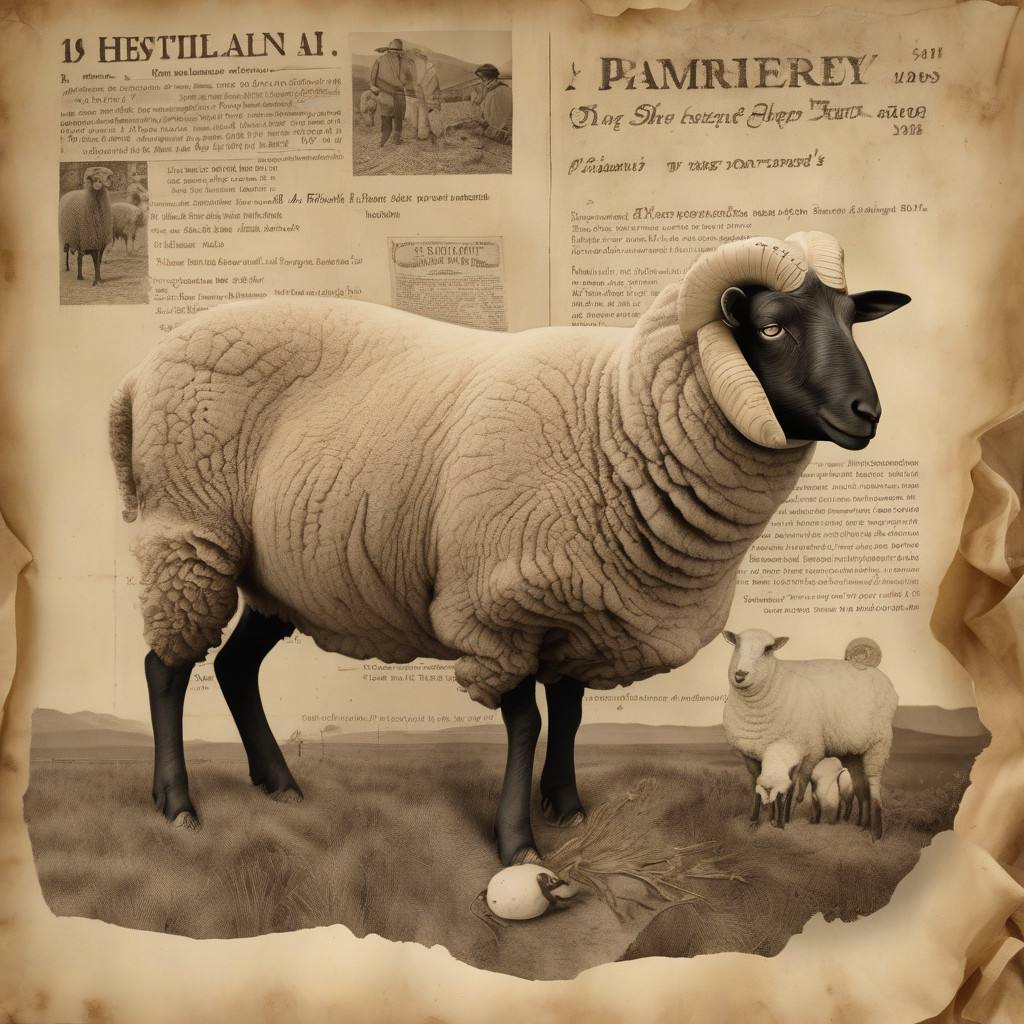In the quaint setting of 1860s New Zealand, a sheep farmer by the name of Samuel Butler penned a remarkable piece that would reverberate through the corridors of time. Titled “Darwin among the machines,” his work delved into a prophetic vision of a world where artificial intelligence (AI) would reign supreme. Butler’s foresight was astonishing—he warned of a future where a mechanical race, born of human creation, could potentially subjugate humanity.
Over 161 years ago, in an era devoid of smartphones and self-driving cars, Butler’s musings were nothing short of revolutionary. His cautionary tale highlighted the dual nature of technological advancement—offering immense benefits while harboring the seeds of unforeseen consequences. As we fast forward to the present day, Butler’s words echo with newfound relevance in our ever-evolving digital landscape.
The concept of AI doom, once relegated to the realms of science fiction, has now found a foothold in our reality. From autonomous drones to advanced machine learning algorithms, the capabilities of AI continue to expand at an unprecedented pace. While these advancements hold the promise of enhancing efficiency and innovation across industries, they also raise pertinent questions about the ethical implications of unleashing such powerful technologies.
At the same time, Butler’s cautionary tale serves as a poignant reminder of the need for responsible AI development. As we stand on the cusp of a technological revolution, it is imperative that we approach AI with a blend of innovation and introspection. By integrating ethical frameworks and robust regulations into the fabric of AI research and development, we can steer clear of the dystopian future that Butler envisioned over a century ago.
In essence, Butler’s foresight transcends time and serves as a beacon of wisdom for the digital age. His words remind us that technological progress must be accompanied by a deep sense of responsibility and foresight. As we navigate the complexities of AI integration into our society, let us heed the lessons of the past and strive towards a future where humanity and technology coexist harmoniously.
In conclusion, Samuel Butler’s “Darwin among the machines” stands as a testament to the enduring power of foresight and reflection. His prediction of AI doom serves as a stark reminder of the potential pitfalls of unchecked technological advancement. By embracing his wisdom and charting a course guided by ethical principles, we can harness the transformative potential of AI while safeguarding the future of humanity.

